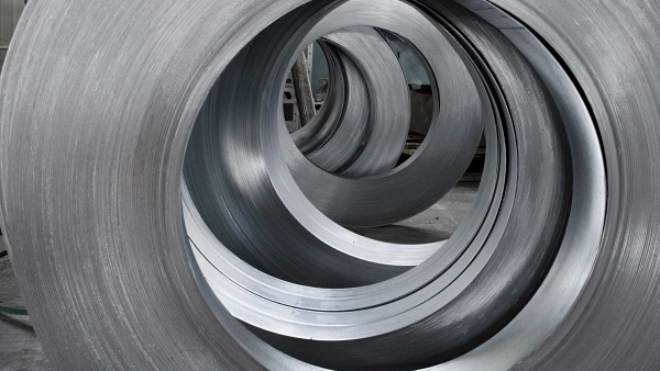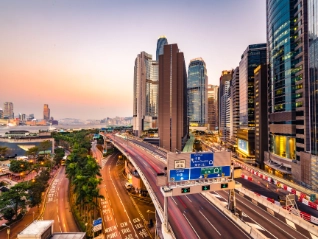Atradius Atrium
Get direct access to your policy information, credit limit application tools and insights.
 Canada
Canada










Load more
Viewing 7 out of 135







Load more
Viewing 7 out of 24






